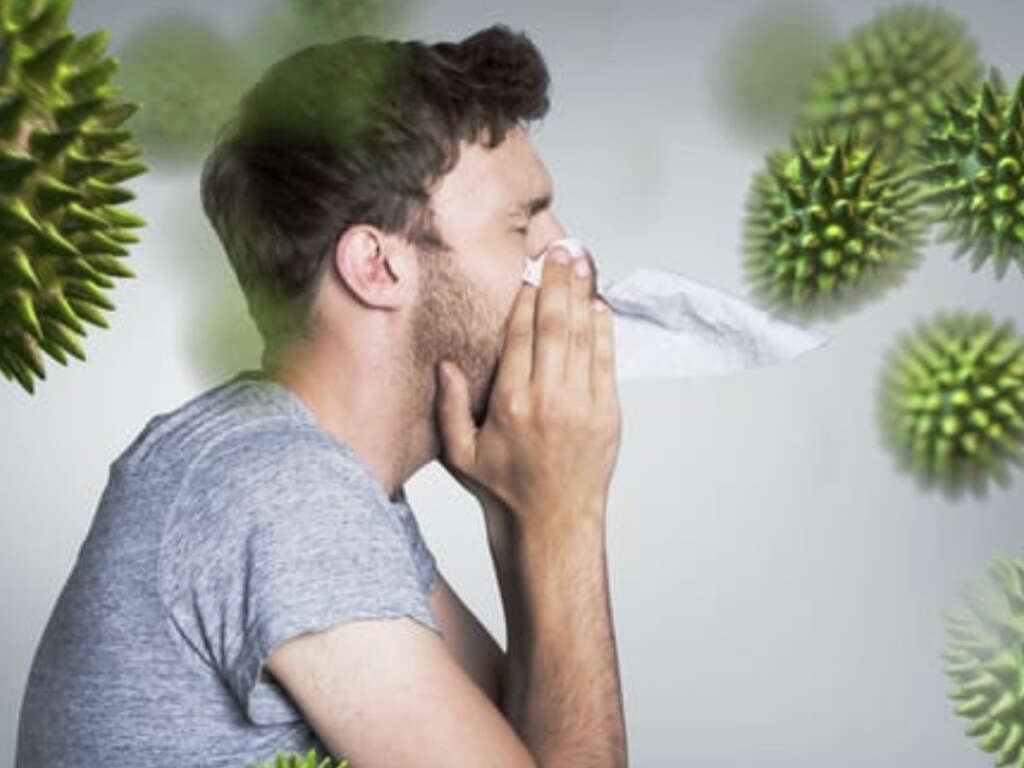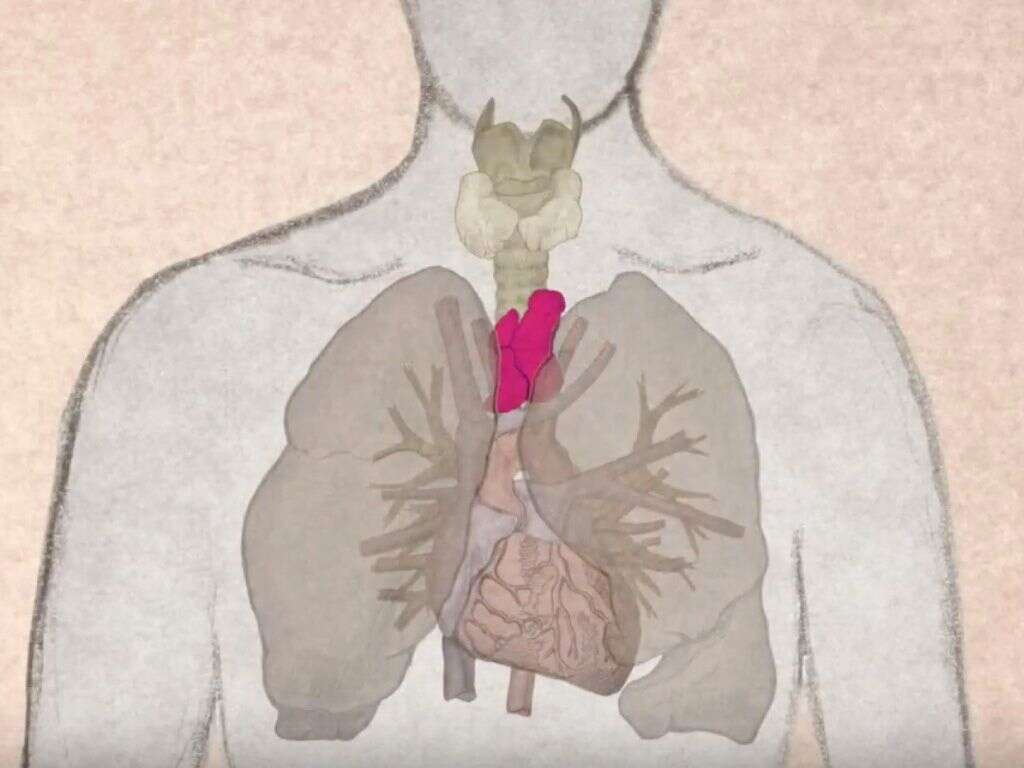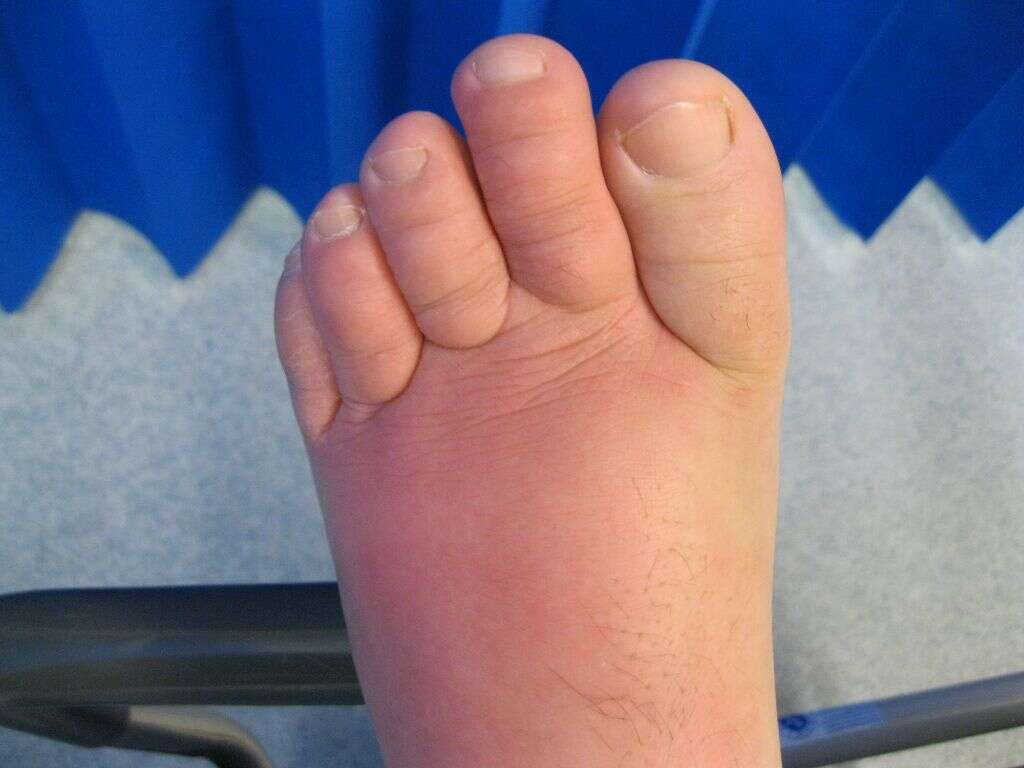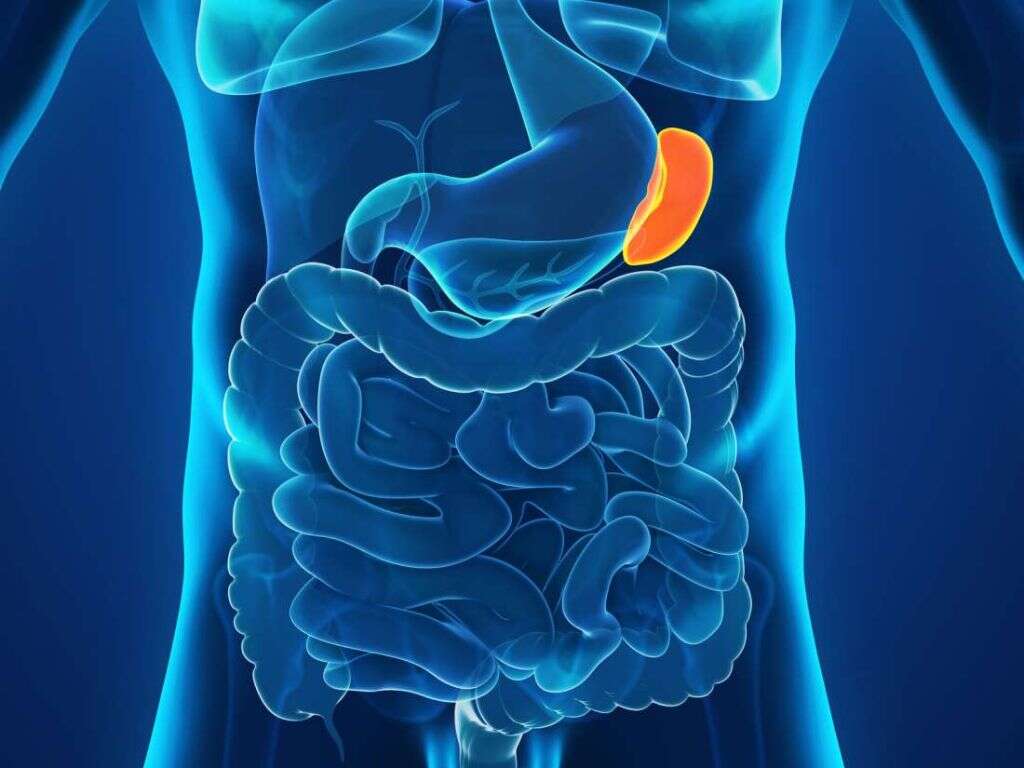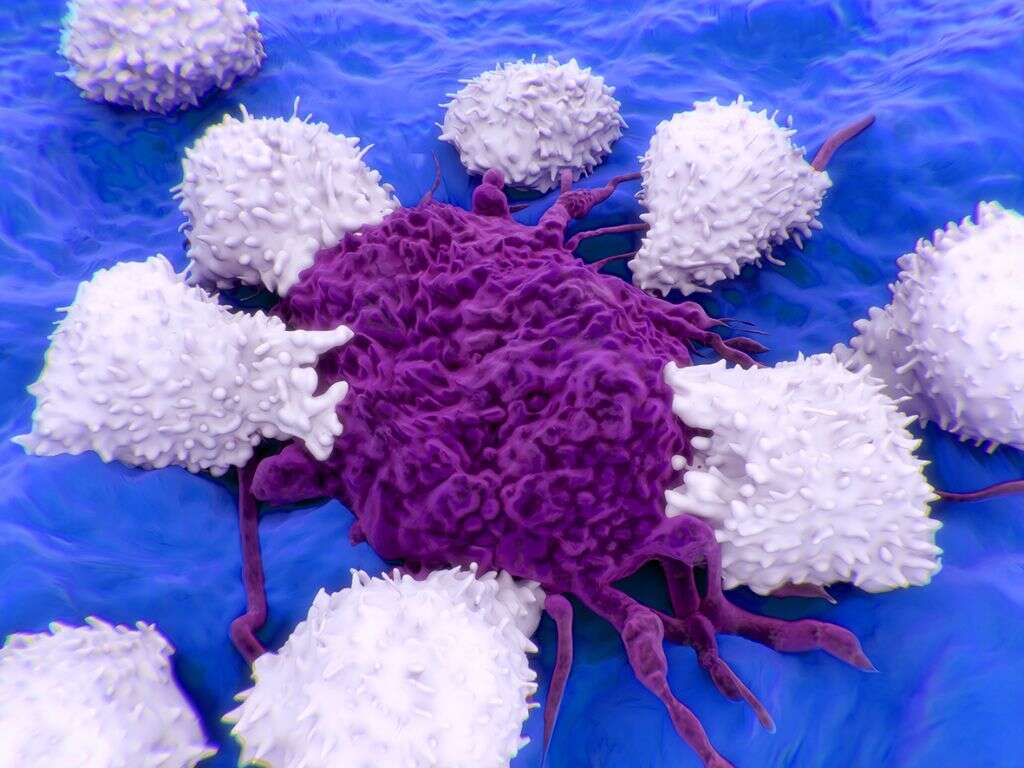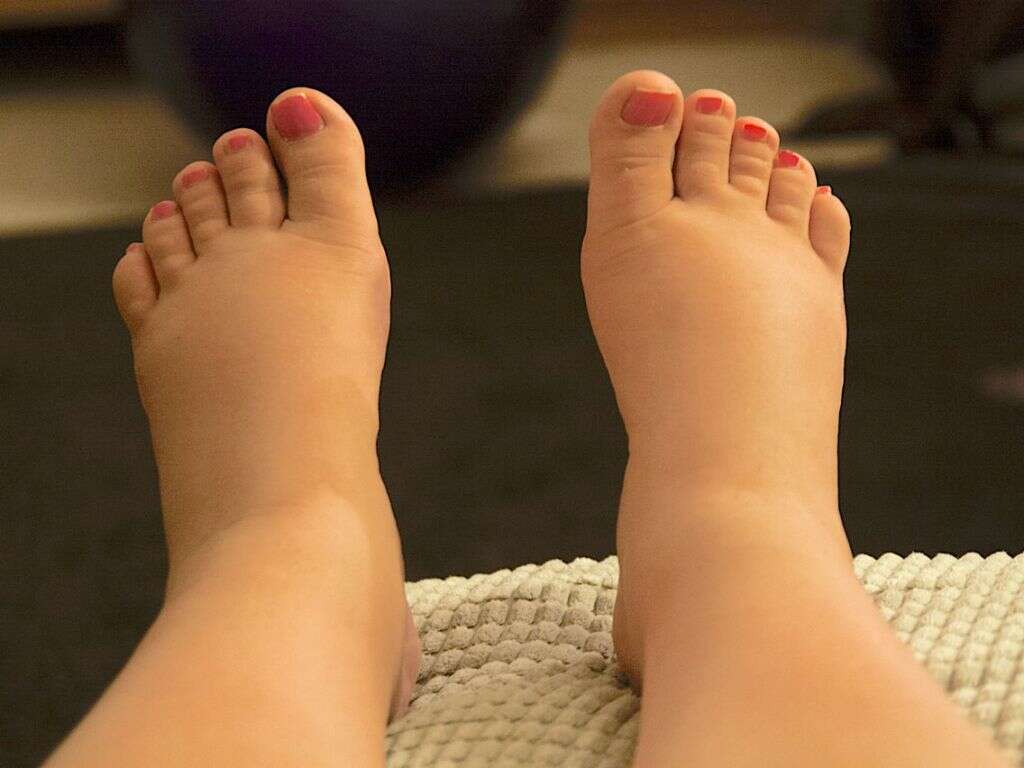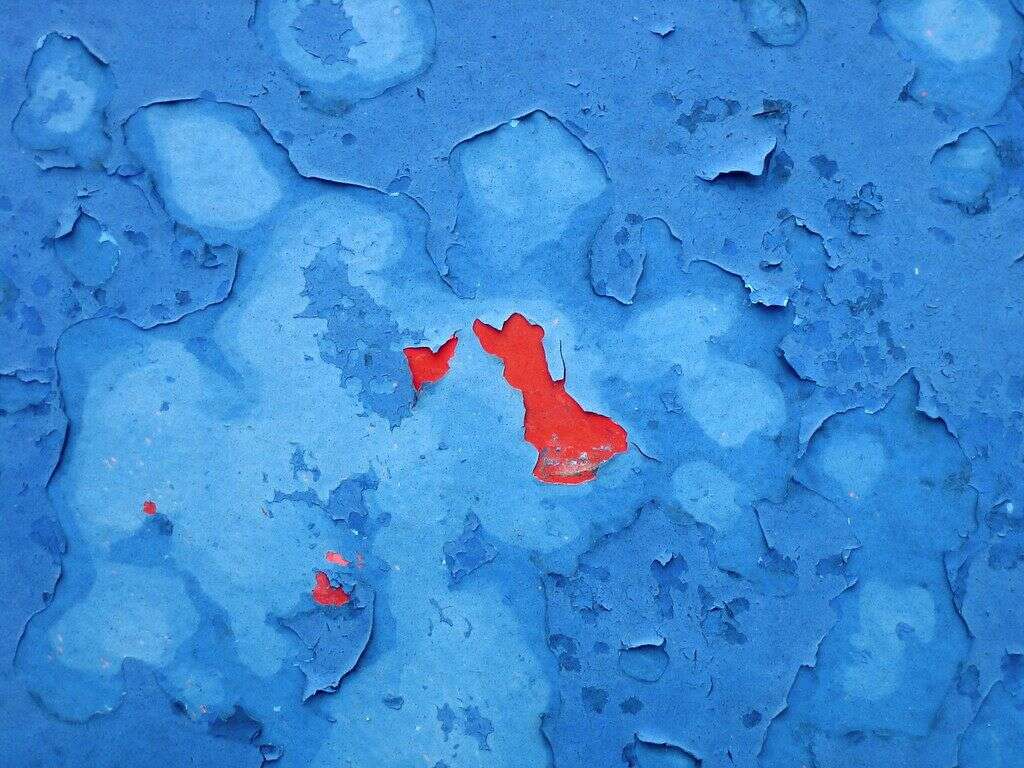Armpit Lumps Causes, Treatments & More
 Article Sources
Article Sources
- 1. 'Swollen Lymph Nodes.' Mayo Clinic. www.mayoclinic.org/diseases-conditions/swollen-lymph-nodes/symptoms-causes/syc-20353902.
- 2. ‘''Armpit Lump.' Mount Sinai. www.mountsinai.org/health-library/symptoms/armpit-lump.
- 3. 'Should I Worry About a Lump Under the Armpit?' Dana-Farber Cancer Institute. 9 Jul 2020. www.blog.dana-farber.org/insight/2020/07/should-i-worry-about-a-lump-under-the-armpit.
- 4. 'Armpit Lump.' University of Florida Health. www. https://ufhealth.org/armpit-lump.
- 5. 'Hidradenitis suppurativa.' Mayo Clinic. www. https://www.mayoclinic.org/diseases-conditions/hidradenitis-suppurativa/symptoms-causes/syc-20352306.
Finding one or more armpit lumps can be frightening. Depending on the symptoms and the lumps' appearance and feel, they can be minor annoyances or more serious. If they don't go away on their own, a visit to the doctor is the best move.
Swollen lymph nodes cause most armpit lumps. These nodes are part of the lymphatic system, which acts as a filter, removing debris from infection and inflammation. If there's an infection nearby, such as in a breast or arm, lymph nodes under the arm may swell and become tender. Cancerous cells in a lymph node also may cause armpit lumps.1‘Swollen Lymph Nodes.’ Mayo Clinic. www.mayoclinic.org/diseases-conditions/swollen-lymph-nodes/symptoms-causes/syc-20353902.,2‘’‘Armpit Lump.’ Mount Sinai. www.mountsinai.org/health-library/symptoms/armpit-lump.

1. Causes of Armpit Lumps
The axillary lymph nodes in the armpit help remove damaged cells, microbes and dead tissue. Armpit lumps usually arise because of an infection, which may be localized near the armpit or can involve the entire body. Infections that cause armpit lumps are generally in the arm or breast.
Lumps under the arm can also be the result of inflammatory diseases, such as lupus and rheumatoid arthritis, or cancer. Viral diseases like mono, herpes and HIV may also cause swollen lymph nodes. Armpit lumps that are unrelated to the lymph nodes may be caused by cysts, fatty benign tumors or from the use of antiperspirants.1‘Swollen Lymph Nodes.’ Mayo Clinic. www.mayoclinic.org/diseases-conditions/swollen-lymph-nodes/symptoms-causes/syc-20353902.

2. Symptoms of Armpit Lumps
The symptoms of armpit lumps caused by an infection are troublesome but generally minor and related to the infection. They may include fever and swelling. Other symptoms include pain, and sometimes the area can feel hot. These symptoms can likely be treated at home.
A person should see a doctor about an armpit lump even if they have no signs of infection, or one develops that isn't tender or painful. Any lump that drains fluid or pus should get looked at.1‘Swollen Lymph Nodes.’ Mayo Clinic. www.mayoclinic.org/diseases-conditions/swollen-lymph-nodes/symptoms-causes/syc-20353902.

3. Cancer & Armpit Lumps
Most armpit lumps feel tender and swollen but also soft and easily moveable. Cancerous lumps are more likely to feel hard, rubbery, fixed and have irregular borders. There's typically little or no pain with lumps caused by cancer.
If there's no obvious infection and a lump continues to enlarge over two to four weeks, a doctor's visit is recommended. If warm compresses have no effect, chances are good the lumps are caused by something other than infection and should be tested for other causes, including cancer.3‘Should I Worry About a Lump Under the Armpit?’ Dana-Farber Cancer Institute. 9 Jul 2020. www.blog.dana-farber.org/insight/2020/07/should-i-worry-about-a-lump-under-the-armpit.
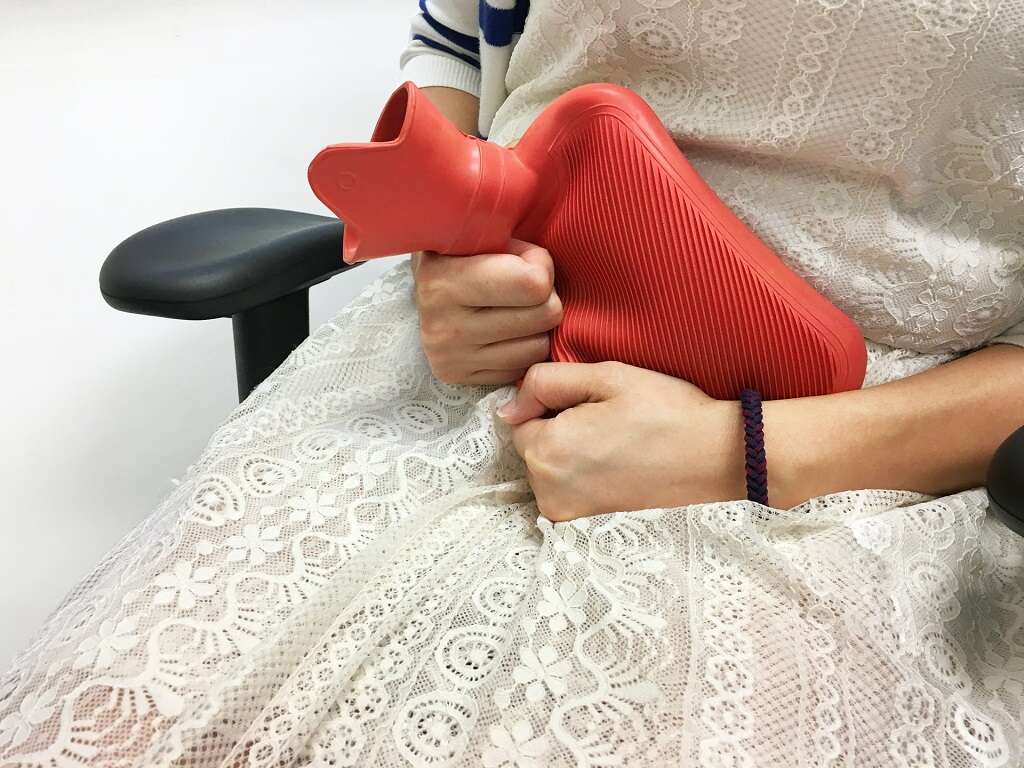
4. Diagnosis of Armpit Lumps
A doctor typically asks for a medical history to determine if there's something that needs to be investigated further, such as previous local or generalized infections. Through a physical exam, lumps are examined for size, tenderness, temperature and texture.
Blood tests may be done to confirm or exclude possible underlying conditions, such as leukemia. Imaging, including a chest X-ray and CT scan, can help with the diagnosis as well. If there's a suspicion of cancer, the doctor may perform a lymph node biopsy.1‘Swollen Lymph Nodes.’ Mayo Clinic. www.mayoclinic.org/diseases-conditions/swollen-lymph-nodes/symptoms-causes/syc-20353902.
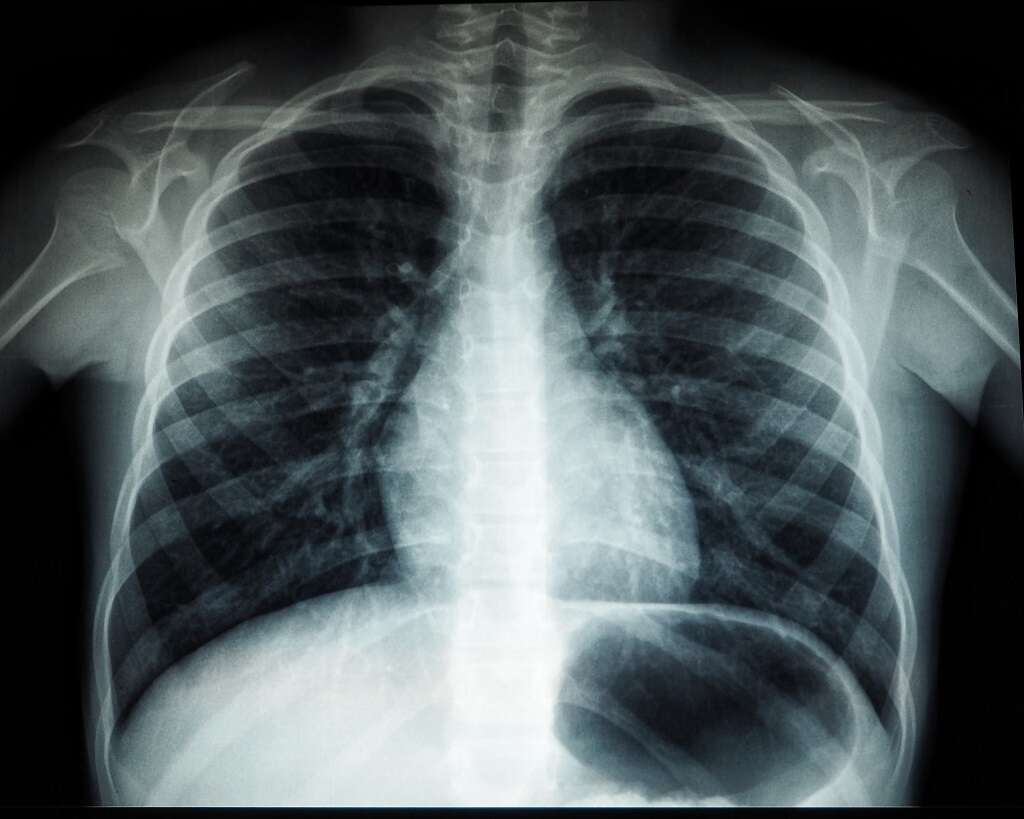
5. Treatment for Armpit Lumps
Most armpit lumps get better by applying warm compresses and with time. A generalized viral infection usually resolves itself with no treatment, or antiviral medication may be prescribed. For a confirmed bacterial infection, antibiotics are typically prescribed. If there's an underlying disorder, such as HIV, specific measures taken to treat the ailment may also shrink the lump. The same approach is generally taken with immune disorders.
Treatment for cancerous lymph nodes may involve surgery to remove the lump, followed by radiation and possibly chemotherapy.1‘Swollen Lymph Nodes.’ Mayo Clinic. www.mayoclinic.org/diseases-conditions/swollen-lymph-nodes/symptoms-causes/syc-20353902.

6. Hidradenitis Suppurativa Lumps in the Armpit
Hidradenitis suppurativa is a skin condition that can affect the armpit, causing small, painful lumps. It may occur anytime after puberty up through the late 20s. These lumps may split open and ulcerate, causing discomfort and often taking an emotional toll.
The lumps also may form tunnels out to the skin, possibly causing abscesses and scars, and they can last many years. The adolescent use of antiperspirants may be a factor in the cause of this condition.5‘Hidradenitis suppurativa.’ Mayo Clinic. www. https://www.mayoclinic.org/diseases-conditions/hidradenitis-suppurativa/symptoms-causes/syc-20352306.

7. Diagnosis of Hidradenitis Suppurativa Lumps
No lab tests are necessary to confirm the presence of hidradenitis suppurativa. When it appears, the painful lumps and sores speak for themselves during a skin exam. If there's pus or fluid drainage, a sample may be sent to the lab to help confirm the condition or rule out a different one.
The clinician usually discusses a person's medical history, as well as how and when the symptoms appeared, and asks questions about behaviors.5‘Hidradenitis suppurativa.’ Mayo Clinic. www. https://www.mayoclinic.org/diseases-conditions/hidradenitis-suppurativa/symptoms-causes/syc-20352306.

8. Treatment of Hidradenitis Suppurativa Armpit Lumps
Medications may be useful in addressing symptoms of this disorder. Antibiotic creams, such as clindamycin and gentamicin, may prevent and treat the formation of secondary infections where lumps open to the skin. Injectable antibiotics may be used for stubborn infections, and pain medication may be recommended to relieve discomfort.
Surgical uncovering of the tunnels may be used to promote healing, and removal using electrosurgery may help in severe cases. If the affected area is large, skin grafts may be needed, and sores may reappear.5‘Hidradenitis suppurativa.’ Mayo Clinic. www. https://www.mayoclinic.org/diseases-conditions/hidradenitis-suppurativa/symptoms-causes/syc-20352306.
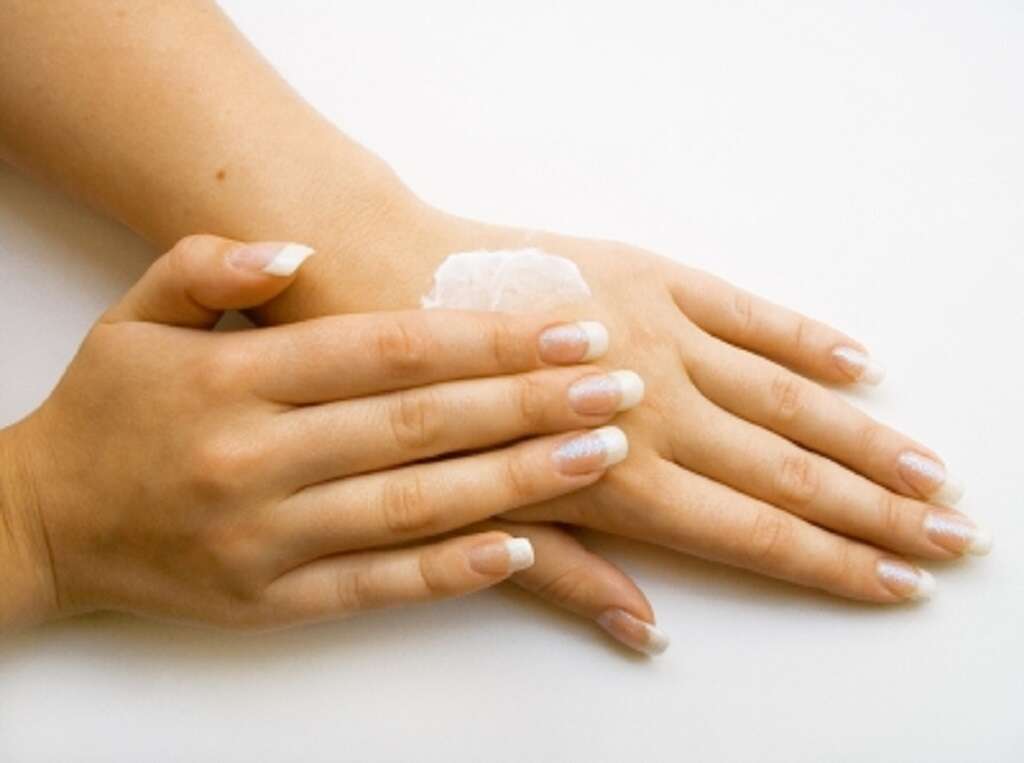
9. Other Causes of Armpit Lumps
While most armpit lumps are caused by either a localized or generalized infection, some are not. For instance, cysts may form in blocked hair follicles, which are generally filled with a thick, greasy substance. If left untreated, cysts may get infected. Surgery to remove them may be recommended.
Lipomas are benign fatty tumors can cause chafing, irritation and discomfort if they develop under the armpit area. A doctor can advise whether a lipoma in this area should be removed.1‘Swollen Lymph Nodes.’ Mayo Clinic. www.mayoclinic.org/diseases-conditions/swollen-lymph-nodes/symptoms-causes/syc-20353902.,4‘Armpit Lump.’ University of Florida Health. www. https://ufhealth.org/armpit-lump.
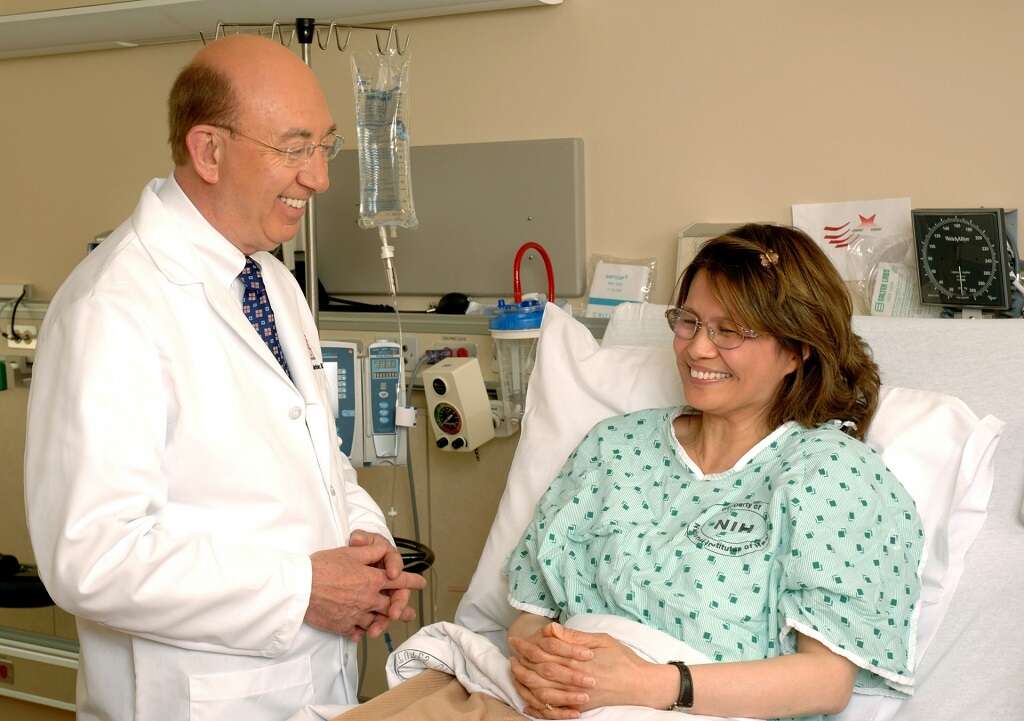
10. Prevention
While it seems that most underarm lumps can't be prevented, there are ways to limit the likelihood they develop. Keeping the armpit area clean and dry may help prevent cysts and hidradenitis suppurativa. Avoiding shaving under the arms then applying antiperspirant may help prevent hidradenitis and abscesses.
Cat scratch fever is a common cause of swollen lymph nodes under the arms. It's caused by getting a scratch from a cat anywhere on the body, resulting in infection. Avoiding being scratched is the only prevention.




